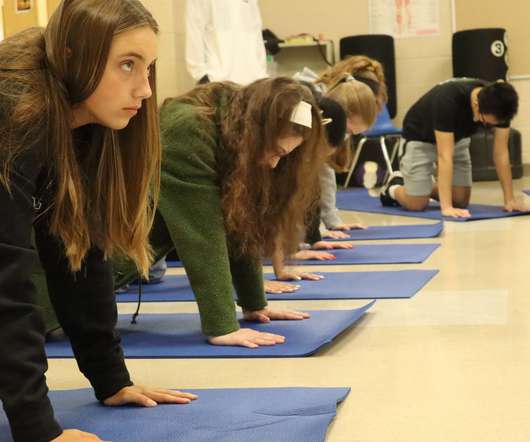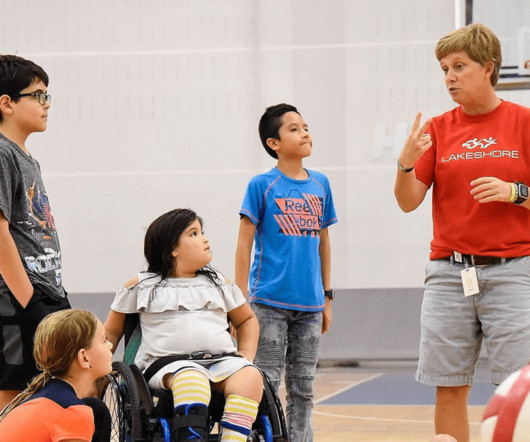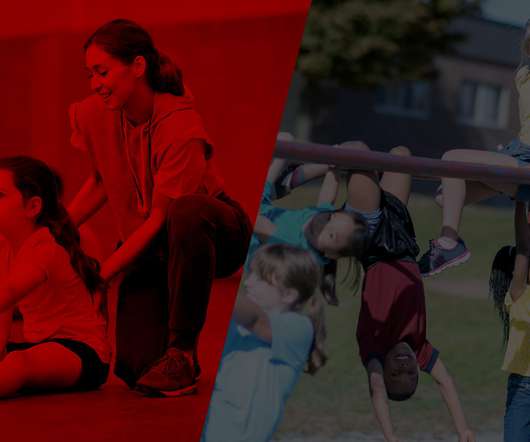Health Benefits Of Physical Education In Schools
PLT4M
AUGUST 22, 2023
Only 26% of high school-aged students attend PE classes 5 days a week. 13% of students do not graduate from high school, with minority populations and low-income students disproportionately affected. Long story short, elementary through high school students are struggling.











Let's personalize your content